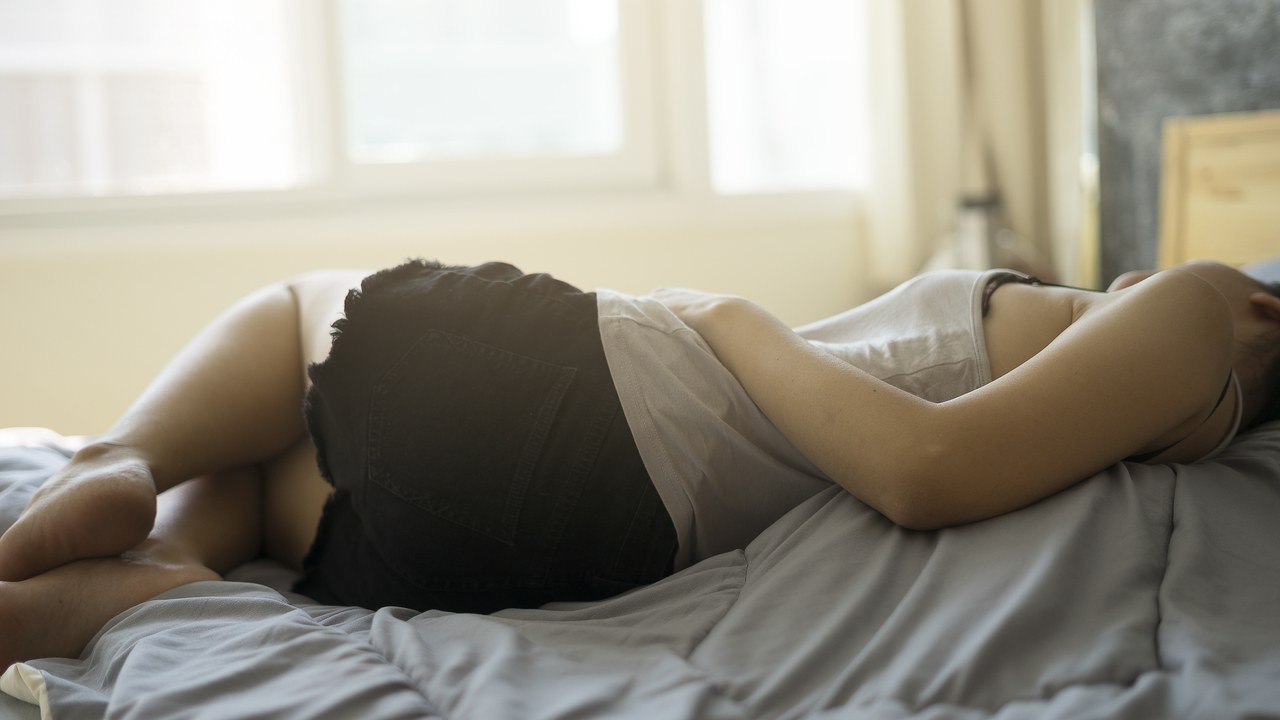IVF Failure Felt Like Miscarriage

Ten percent of all known pregnancies end in miscarriage. So why does the subject still feel so taboo? For women dealing with the complicated grief of miscarriage, it’s not the stat that’s comforting—it’s the knowledge that they’re not alone, that there is a space to share their story. To help end the culture of silence that surrounds pregnancy and infant loss, Glamour presents The 10 Percent, a place to dismantle the stereotypes and share real, raw, stigma-free stories.
Infertility isn’t a word you expert to hear at 26 years of age. Certainly not when you’re still single and years away from thinking about your future family. But that’s exactly how old I was when, still young and single, I was told that stage IV endometriosis had stripped me of my ability to conceive. “If you ever want to have biological children, you need to do something about that now,” my doctor advised.
The development of my condition happened swiftly, so it’s not like I’d had years to prepare for this possibility. It was all dropped in my lap in a bundle; the diagnosis, the prognosis, and the suggestion that I act upon my fertility now, before it was too late.
I visited with a reproductive endocrinologist and weighed my options. At the time, egg freezing was considered a risk, still experimental—the rate of eggs that survived freezing was just too low, and the possibility that none of my eggs would survive and that I wouldn’t know that until years down the line was just too great.
I knew I couldn’t live with the years of uncertainty, my desire to be a mom anything but uncertain.
Embryo freezing was seen to have better odds, but if I was going to purchase sperm for that, I figured I might as well go the whole way and do a fresh in vitro fertilization (IVF) cycle, which had the best chance of success overall. At least, that was how I reasoned with myself when I decided to pursue IVF as a single woman just a few months past my 27th birthday.
The process happened quickly. A month of medications followed by a minor outpatient surgery to extract the eggs that would then be fertilized for my IVF cycle. In the end, I had only three viable embryos. But the picture given to me of those three embryos was one I cherished. These are my babies, I thought.
Because I was young (with the assumption being that my youth might lead to more favorable results), the decision was made to transfer only one of those embryos at first. From the moment that transfer took place, I was convinced I was pregnant, turning down wine at dinner with a gleeful smirk. Every twinge and butterfly I felt was proof to me of that fact, even long before physical symptoms would have made sense. So confident was I that there was a little life growing inside me, I even toured the local midwife center, aiming to get on their list as soon as possible so that I could give birth to my baby in their birthing tub.
I was so convinced I was pregnant that when the call came 10 days later confirming that I wasn’t, I immediately fell to the floor in tears. I knew logically that what I was experiencing was not a miscarriage—you have to be pregnant first to experience that—but in my heart, a miscarriage was the closest thing I could think to compare my IVF failure to.
That had been my baby. I’d seen its picture. An actual, viable embryo had been placed into my body; all my hopes and dreams tied up in a little clump of cells that bore my DNA. And it hadn’t survived.